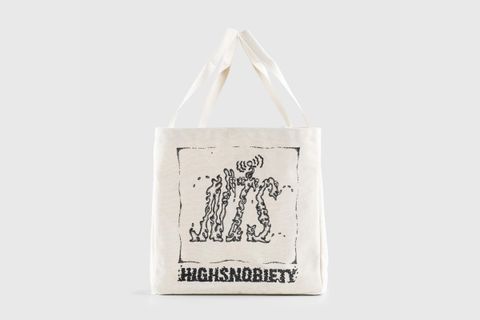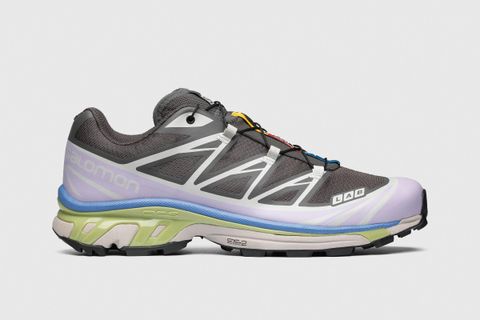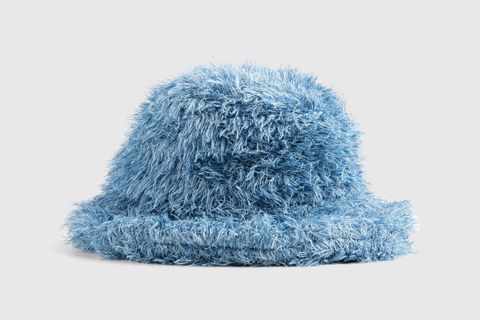I, Robotcore: TikTok's 'Uncanny Valley' Makeup Trend Is Fittingly Dystopian
Finally, a TikTok makeup trend that expresses the horrors of living in the year 2023. A sharp pivot from the app's recent deluge of cutesy, food-themed fads, creators are using makeup to invoke "uncanny valley" — you know, that uneasy feeling you get when you see a robot or doll that looks a little too human.
The trend, which has amassed over 865 million views under the hashtag #uncannyvalley, seems to have originated with creator Emilia Barth, whose unsettling transformation into a humanoid robot has been viewed 15.5 million times (and counting). In the clip, Barth — who goes by the handle @blonde.girlyy — coats her face, neck, ears, and lips in pale foundation and concealer, mimicking the plasticky "skin" of a robot. After using liquid eyeliner to elongate her mouth and create the illusion of larger pupils, she draws on blocky eyebrows and accentuates the smile lines around her mouth with contour powder.
It's a technique that a slew of other creators have imitated to create their own uncanny valley videos. And the results are truly frightening — creators like @alkiiwii and @mybroseph have posted particularly impressive takes on the viral trend.
The term "uncanny valley" was coined by roboticist Masahiro Mori in his essay "The Uncanny Valley," published in a Japanese journal called Energy in 1970. (In 2012, Mori authorized an English translation of the essay) His argument goes something like this: We like robots when they gain human qualities — think WALL-E or R2D2. But when robots become too humanlike, like Sonny from I, Robot, they start to creep us out.
So, why is BeautyTok suddenly obsessed with evil-looking robots? Our shift away from the cheeriness of Strawberry Girl Makeup and Tomato Girl Summer might have something to do with the deluge of recent news regarding AI, a phenomenon that has inspired visions of a dystopian future ruled by tech that mimics human behavior, but isn't actually human. Done up in uncanny valley makeup, it's easy to imagine Barth and her fellow TikTokers standing in for Sydney, the AI chatbot that left one New York Times reporter "deeply unsettled."
Perhaps TikTok's uncanny valley trend is also indicative of the fact that, thanks to filters, fillers, and plastic surgery, it's harder than ever to discern what is real and what is artificial. Is that jawline built by flesh, bone, and genetics? Or is it the careful work of a cosmetic injector? Maybe it's neither — it might be a robot's silicone mask, held up by wire and steel. Just like Sophia The Robot and Ameca, the normalization of cosmetic procedures toys with our perception of the naturally human and the engineered.
Throughout history, beauty trends have always held a mirror to the cultural anxieties and interests of a particular era. TikTok's uncanny valley challenge is no different — think of it as makeup for the ChatGPT generation.


